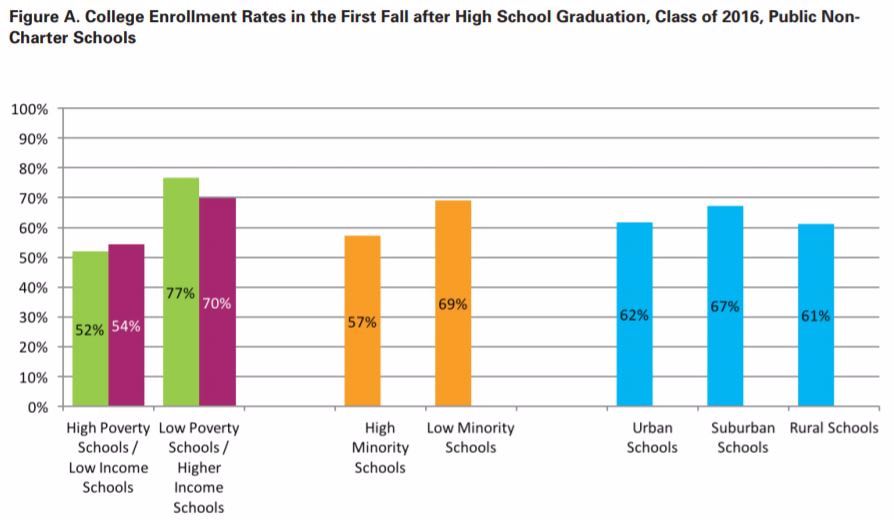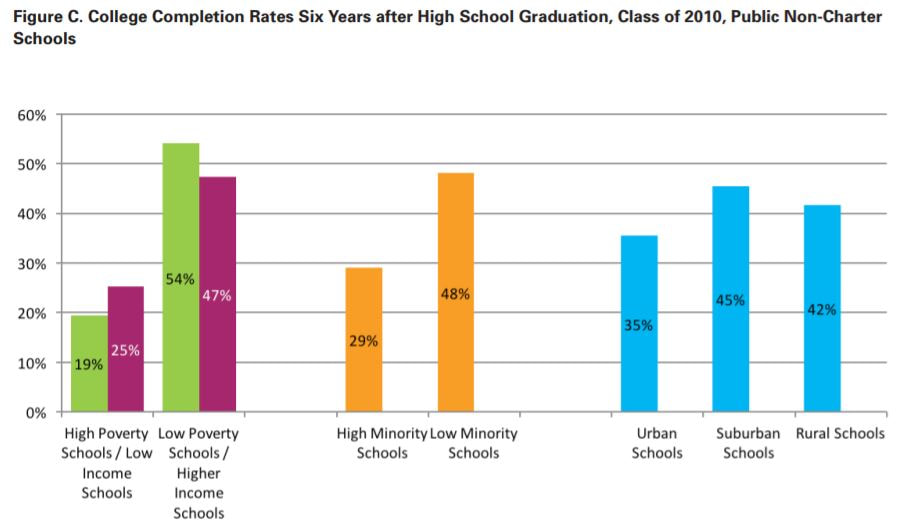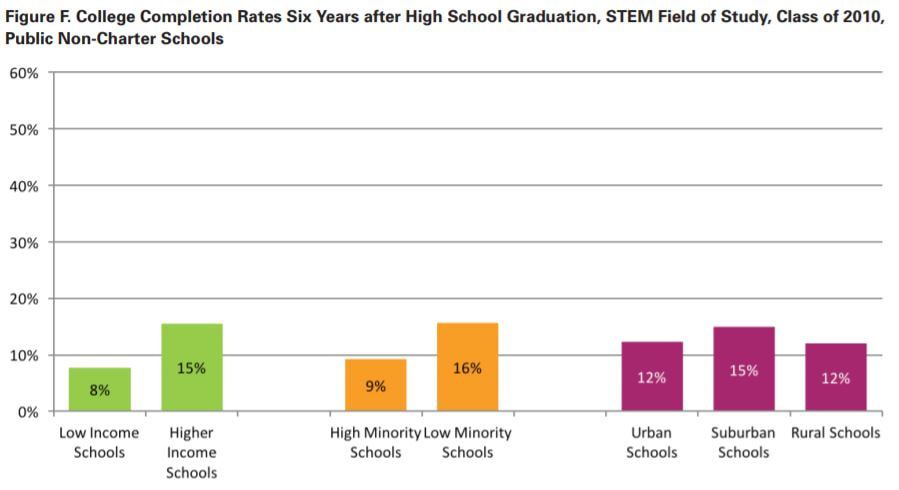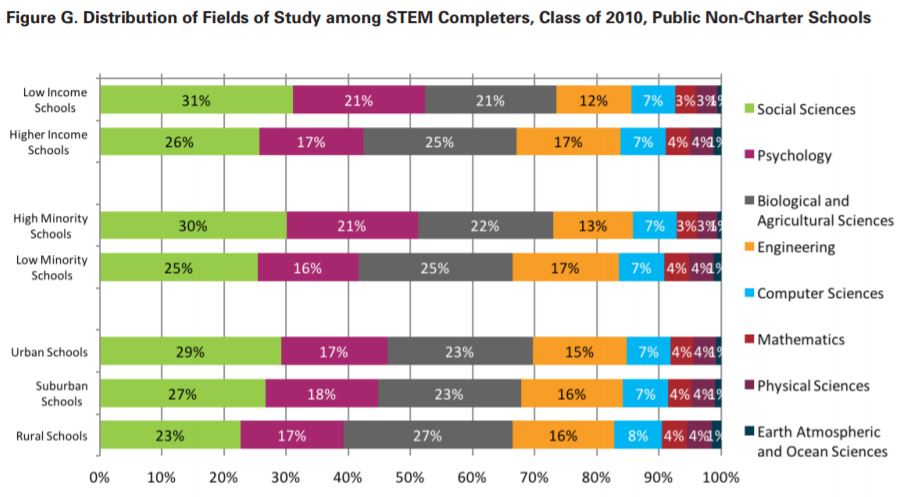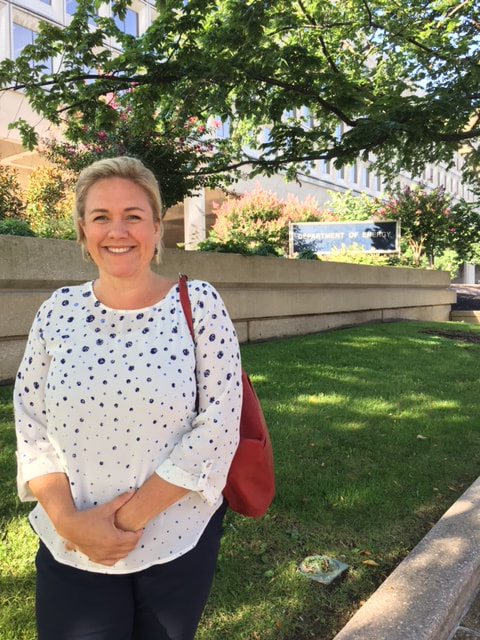|
The National Student Clearinghouse (NSC) is a non-governmental organization that is able to pair high school graduate information with college registrar information to track student transition post-secondary and through college completion. They have access to data from 97% of the nation’s post secondary institutions and about 40% of the nation's high school graduates. Such a large data set enables comparison of college progression rates across state lines and dis-aggregation by high school characteristics (i.e. income, minority, locale). The NSC creates an annual Benchmark Report which includes data for:
Last week I attended a session at the US Capitol for a discussion of the Benchmark Report during which the following findings were shared: Students who graduate from schools that serve low income or high minority populations are less likely to start college in the first fall after high school graduation. Graduates from low income schools had the lowest "first fall" college enrollment rates. High school graduates in the class of 2010 that attended high poverty/low income schools had the lowest college completion rates. Although slightly more than 50% of kids from high poverty schools begin college immediately after high school graduation, less then 20% of the high school graduates will complete a college degree within six years post graduation. (This is the percent of students who earned a college degree out of ALL students who graduated high school, not just those who graduated and enrolled in college.) Given the nation's emphasis on STEM education initiatives, the National Student Clearinghouse (NSC) tracks college degree completion by STEM major. Across demographics, no more than 16% of high school graduates complete college with a major in a STEM field. Furthermore, students from low income schools who do graduate from college are less likely to earn a degree in a STEM major than other students. A further breakdown of STEM majors was shared, showing the distribution of fields of study among high school graduates from the class of 2010 who did earn a college degree in a STEM field. Interestingly, I learned that the social sciences (such as political science and sociology) are considered STEM fields. I personally wouldn't have thought so, but the National Science Foundation provides a list of approved STEM fields of study which includes the social sciences and psychology. As can be seen in the distribution of STEM degrees, the majority are in social sciences and psychology followed by biological and agricultural sciences. The least STEM degrees are awarded in Earth, Atmospheric and Ocean Sciences. I can't help but wonder if the structure of our K-12 school systems is a major contributing factors in these results.
|
Archives
July 2018
|
I give many of my IB Biology resources away, for the benefit of students and teachers around the world.
If you've found the materials helpful, please consider making a contribution of any amount
to this Earthwatch Expedition Fund.
Did I forget something? Know of a mistake? Have a suggestion? Let me know by emailing me here.
Before using any of the files available on this site,
please familiarize yourself with the Creative Commons Attribution License.
It prohibits the use of any material on this site for commercial purposes of any kind.
If you've found the materials helpful, please consider making a contribution of any amount
to this Earthwatch Expedition Fund.
Did I forget something? Know of a mistake? Have a suggestion? Let me know by emailing me here.
Before using any of the files available on this site,
please familiarize yourself with the Creative Commons Attribution License.
It prohibits the use of any material on this site for commercial purposes of any kind.
